I have this test code:
class Test
{
static void Main()
{
decimal m = 1M / 6M;
double d = 1.0 / 6.0;
decimal notQuiteWholeM = m + m + m + m + m + m; // 1.0000000000000000000000000002M
double notQuiteWholeD = d + d + d + d + d + d; // 0.99999999999999989
Console.WriteLine(notQuiteWholeM); // Prints: 1.0000000000000000000000000002
Console.WriteLine(notQuiteWholeD); // Prints: 1.
Console.WriteLine(notQuiteWholeM == 1M); // False
Console.WriteLine(notQuiteWholeD < 1.0); // Prints: True. Why?
Console.ReadKey();
}
}
Why this line prints 1?
Console.WriteLine(notQuiteWholeD); // Prints: 1
an this one, why prints True?

Is there an automatically rounding process? What can I do to print the correct/calculated value?
[Note: I found this example code in C# 5.0 in a Nutsheel page 30: Real Number Rounding Error].
Thanks in advance.